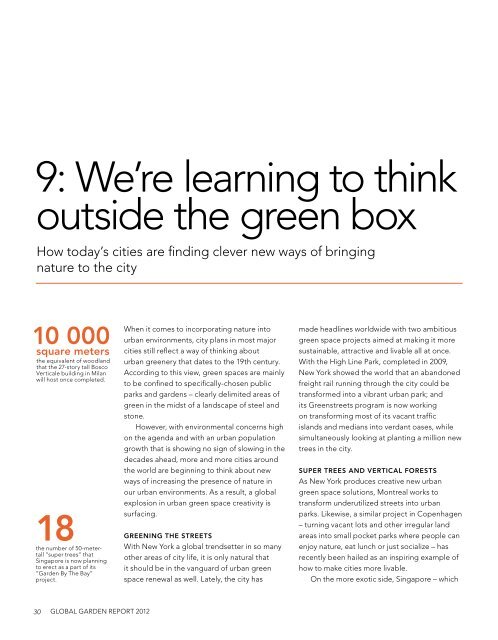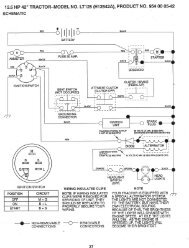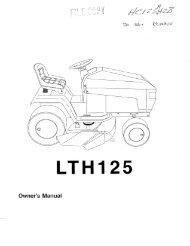GLOBAL GARDEN REPORT 2012 - Husqvarna Group
GLOBAL GARDEN REPORT 2012 - Husqvarna Group
GLOBAL GARDEN REPORT 2012 - Husqvarna Group
Create successful ePaper yourself
Turn your PDF publications into a flip-book with our unique Google optimized e-Paper software.
9: We’re learning to think<br />
outside the green box<br />
How today’s cities are finding clever new ways of bringing<br />
nature to the city<br />
10 000<br />
square meters<br />
the equivalent of woodland<br />
that the 27-story tall Bosco<br />
Verticale building in Milan<br />
will host once completed.<br />
18<br />
the number of 50-metertall<br />
“super trees” that<br />
Singapore is now planning<br />
to erect as a part of its<br />
“Garden By The Bay”<br />
project.<br />
30 <strong>GLOBAL</strong> <strong>GARDEN</strong> <strong>REPORT</strong> <strong>2012</strong><br />
When it comes to incorporating nature into<br />
urban environments, city plans in most major<br />
cities still reflect a way of thinking about<br />
urban greenery that dates to the 19th century.<br />
According to this view, green spaces are mainly<br />
to be confined to specifically-chosen public<br />
parks and gardens – clearly delimited areas of<br />
green in the midst of a landscape of steel and<br />
stone.<br />
However, with environmental concerns high<br />
on the agenda and with an urban population<br />
growth that is showing no sign of slowing in the<br />
decades ahead, more and more cities around<br />
the world are beginning to think about new<br />
ways of increasing the presence of nature in<br />
our urban environments. As a result, a global<br />
explosion in urban green space creativity is<br />
surfacing.<br />
GREENING THE STREETS<br />
With New York a global trendsetter in so many<br />
other areas of city life, it is only natural that<br />
it should be in the vanguard of urban green<br />
space renewal as well. Lately, the city has<br />
made headlines worldwide with two ambitious<br />
green space projects aimed at making it more<br />
sustainable, attractive and livable all at once.<br />
With the High Line Park, completed in 2009,<br />
New York showed the world that an abandoned<br />
freight rail running through the city could be<br />
transformed into a vibrant urban park; and<br />
its Greenstreets program is now working<br />
on transforming most of its vacant traffic<br />
islands and medians into verdant oases, while<br />
simultaneously looking at planting a million new<br />
trees in the city.<br />
SUPER TREES AND VERTICAL FORESTS<br />
As New York produces creative new urban<br />
green space solutions, Montreal works to<br />
transform underutilized streets into urban<br />
parks. Likewise, a similar project in Copenhagen<br />
– turning vacant lots and other irregular land<br />
areas into small pocket parks where people can<br />
enjoy nature, eat lunch or just socialize – has<br />
recently been hailed as an inspiring example of<br />
how to make cities more livable.<br />
On the more exotic side, Singapore – which

















